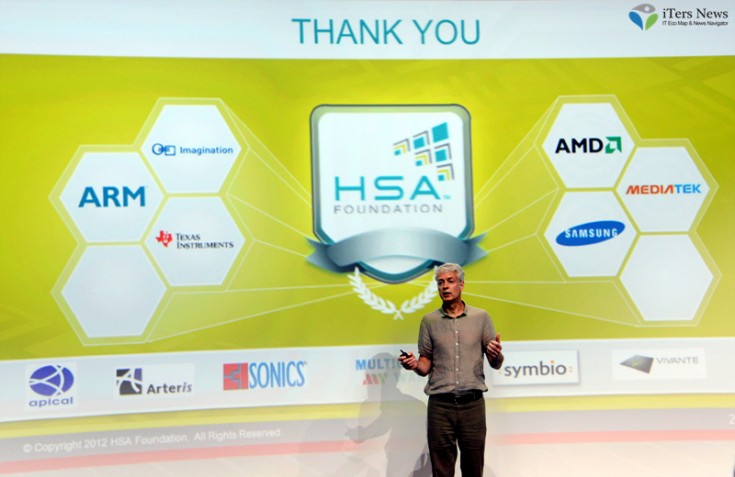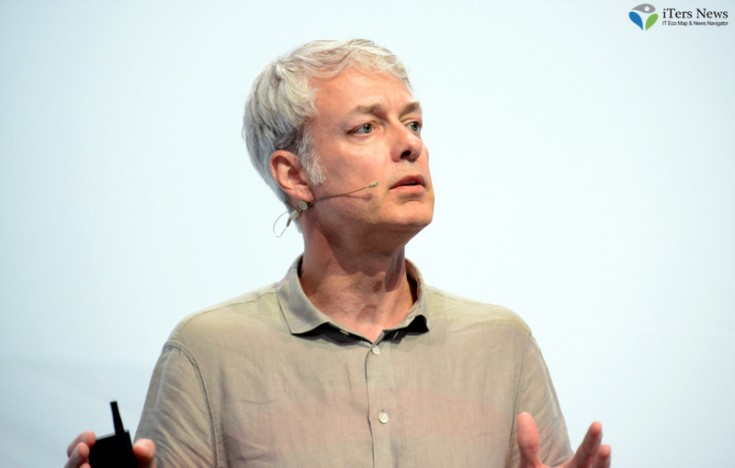(iTers News) – Computers of tomorrow will come awash in a wealth of computer vision and biometric sensors to presume what uses are about to do, soon and then understand what they have in mind using natural user-interfaces, or UIs like facial-and biometric-recognition, camera-on-the glass technologies.
For example, computers of 5 to 10 years ahead will stay always on and connected around-the-clock in what‘s called as ‘wait for use ‘ mode, and they don’t need to turn off and get unplugged, because they will consume extremely low power. So, people don’t need to log on, as the computers of the future will automatically the moment when people walk into the room.
Typing won’t be any longer required, either, thanks to their built-in voice-and gesture-recognition technologies. Neither will they be told what to do, because they already know to do. So, users won’t need to use a mouse and a keyboard for typing in a password for a log-on, because computers immediately recognize their presence, greets them, and get ready to provide content. They will be even intelligent enough to know what content computer users want to look at, for example, at a weekend morning, and immediately present it on their own.

“Computing vision is evolving. Computing vision means extracting meaning from video camera input. It’s time to interact with videos and restructure them. The question is how to process all these audio and video streams fast with low power. Computers of today are not designed to do that. This is exactly what HSA was deigned to do,“ stressed he.
A short for heterogeneous system architecture, HSA is a next generation of computer processor architecture that crams several processors of different architecture like GPUs and CPUs into a single silicon die to do parallel processing for tons of videos.
HSA foundation is a sort of industry consortium that was formed by such global chip technology bellwethers as ARM Holdings, AMD, Samsung Electronics, Texas Instruments, Inc., Qualcomm Inc., and Imagination Technologies, to create a common software algorithm to govern the operations of HSA SOC chips.
Video inputted for processing, not storing
According to him, computers of today are just one technology breakthrough away from realizing the future of fully interactive videos, even if they are coming with an array of sensors like microphones and full HD camera sensors. “HSA is the technology breakthrough,” he emphasized.

According to his vision, for example, computers of the future can sense what on-screen content or file users’ eyes are staying on using a biometric technology and automatically enlarge the window screen for the content, and even can see users smiling and know he has done the right thing.
Video interacts with users
They also will be able to bring up a gallery of photos in a preview and 3D-mode which are already indexed and archived by name as well as place and date taken in an order, when users tell them to call up some other related photos.
Again, users don’t need to either speak, or click on a mouse to see it on a wide window, because computers can do automatically pop up a big window screen.
Unlike today’s touch-enabled computer that uses a touch-on glass technology, computers of tomorrow will be built with a lot user-friendlier UI technology called as ‘touch–up-glass’. The ‘touch-up-the glass UI will allow users to bring up, or open files or data by just pointing their fingers to them a few centimeters away the glass, but not directly touching on them.
To do that video-heavy computing tasks, however, chip makers have to tackle two daunting technological challenges – how to do parallel processing of multiple processor cores with low power consumption.

Parallel processing and scalability
“An essence of the HSA is the architecture that allows devices to run on much less power when processing media. We are joining together to create a single architecture and a single platform definition to avoid the need for fragmentation. This will create a platform scale all the way from smartphones to super computers. This technology will be applied into mobile phones, desktops, cloud serves, and a whole range of consumer devices,” said Phil Rogers.
The HSA foundation is a non-profit consortium for SoC IP vendors, OEMs, academia, SOC vendors with a goal to make it easy to program for parallel computing. Its members are building a heterogeneous computer ecosystem for combining scalar processing on the CPU and parallel processing on the GPU, while enabling high bandwidth access to memory, and high application performance at a lower power consumption.

